The Many Benefits of STEM Education
If you’re concerned that STEM is taking up too much classroom time, consider this: STEM permeates the curriculum in ways subjects taught in isolation can’t. STEM also teaches the skills students need for success beyond their formal education.
Teachers know that they have to take advantage of every minute of instructional time they can get with students. STEM programs, with their integrated lessons, seem to usurp a considerable amount of instructional time. That can lead to arguments about pulling kids away from traditional subjects like science and math.
However, STEM offers students experiences they can’t get in traditional classrooms. STEM integrates learning through interdisciplinary studies. It affords the application of 21st-century learning skills. And finally, STEM teaches resilience.
- 0 Comments
- Jul 23, 2020 10:00:00 AM
- Posted by Natalia Galvis
- Topics: Robotics, STEM, Special Education, Coding, Robots,, students, summer, Edchat, online, distance learning
Robots May Help Kids with Special Needs
The numbers for autism are staggering:
-
1.8 million cases of autism in the U.S.
-
1 case diagnosed every 20 minutes
-
24,000 new cases diagnosed in the U.S. every year.
-
Lifetime care for an autistic person: $3.2 million.
-
Autism care costs annually in U.S.: $35 billion.
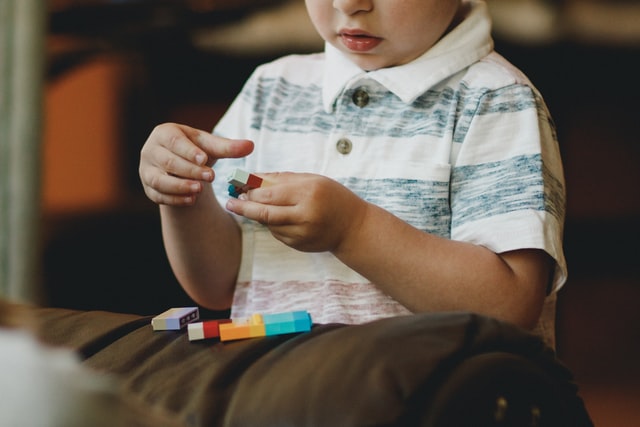 Photo by Caleb Woods on Unsplash
Photo by Caleb Woods on Unsplash
Bonnie Gamane speaks wistfully as she recalls the day last year when a robot named Millennia visited the school she administers. What she saw were children with autism interacting with the robot in a way they never had before interacted with humans.
- 0 Comments
- Jul 22, 2020 10:00:00 AM
- Posted by Natalia Galvis
- Topics: Robotics, STEM, Special Education, autism, Coding, Robots,, students, summer, Edchat, online, distance learning
Keeping Kids Excited About STEM While Teaching Remotely
So much of our everyday lives and routine has been turned upside down thanks to the COVID-19 pandemic, as parents and kids alike have found themselves on a remote learning adventure with nationwide school closures. While the move to eLearning has made our children and others safer from the virus, it has also resulted in plenty of frustration and possibly even left your kids feeling discouraged about learning.
Considering how quickly teachers and schools had to move their lessons to an online format, it’s understandable that things are running a little differently, and not without its hiccups. STEM subjects can be particularly tricky as most parents don’t have the kind of materials, knowledge, and tools necessary to make it as exciting as the teacher could. Kids are also having to learn very quickly how to work successfully as a remote student.
With all of that in mind, keeping our kids excited about learning while at home will take some extra, but simple tips and tricks.
- 1 Comments
- Jul 21, 2020 10:00:00 AM
- Posted by Natalia Galvis
- Topics: Robotics, STEM, Coding, Robots,, students, summer, Edchat, online, distance learning
How Early Should Kids Begin STEM Education?
Current research results are in favor of early childhood experiences for students, especially those who are disadvantaged. This education is a great equalizer because it provides a rich, common foundation for children who may have diverse backgrounds and experiences.
 Photo by Arif Riyanto on Unsplash
Photo by Arif Riyanto on Unsplash
- 0 Comments
- Jul 17, 2020 10:00:00 AM
- Posted by Natalia Galvis
- Topics: Robotics, STEM, Coding, Robots,, students, summer, Edchat, online, distance learning
Can Robotics Teach Problem Solving to Students?
Critical thinking and problem-solving skills are essential to success at university and in later life. However, the traditional classroom model has done a poor job of imparting these skills to students. The way children have learned in the classroom for generations has focused on lectures and worksheets. Past generations would depend on group sports, clubs and teenage jobs to impart these vital skills onto students.
However, new ideas suggest that robotics may hold the key to teaching problem-solving skills to students. Using robots to teach real-world skills may be a strange concept, but is it worth exploring? We think so and here’s why.
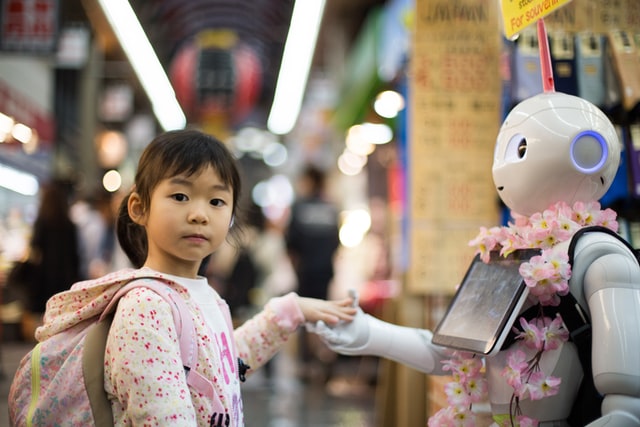 Photo by Andy Kelly on Unsplash
Photo by Andy Kelly on Unsplash
- 0 Comments
- Jul 15, 2020 10:00:00 AM
- Posted by Natalia Galvis
- Topics: Robotics, STEM, Coding, Robots,, students, summer, Edchat, online, distance learning
Only One in Five Schools Offered 'Rigorous' Remote Learning, Study Says
.jpg?width=678&name=remote-learning-IMG%20(1).jpg) Image: iStock/Getty
Image: iStock/Getty
Only 20% of schools offered rigorous, technology-based remote instruction while school buildings were shut down this spring, according to a new report from the American Enterprise Institute, and students in K-12 districts with a majority of high-poverty or low-achieving students were less likely to receive rigorous instruction at a distance.
- 0 Comments
- Jul 2, 2020 10:00:00 AM
- Posted by Natalia Galvis
- Topics: Robotics, EdTech, STEM, Coding, Drones, Robots,, students, programming, Dobot Robotic Arm, STEMchat, Edchat
Teacher Jorg Duitsman Teaches Robotics & Engineering Courses With Dobot Magician in The Netherlands
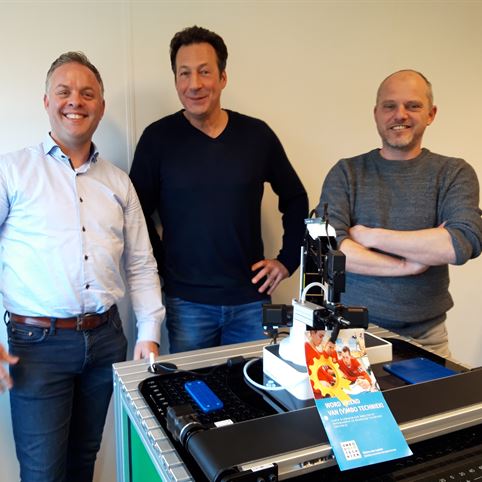
In August 2018, Jorg Duitsman started his teaching position in the departments of Mechatronics and International Engineering at Summa College. Jorg is a long-term lover of technology and maker education. Like any other technology teachers, Jorg was eager to find a better way to teach problem solving, critical thinking, and other important 21st century skills in classrooms. That’s when he started searching and found DOBOT. Later on, he purchased 20 Dobot magicians and two Dobot m1 for his school.
- 0 Comments
- Jul 1, 2020 10:00:00 AM
- Posted by Natalia Galvis
- Topics: Robotics, EdTech, STEM, Coding, Drones, Robots,, students, programming, Dobot Robotic Arm, STEMchat, Edchat
Italian Airport Deploys Robots to Protect Against Contaminants
The Milan Malpensa International Airport in Italy is a major airport that welcomes over 20 million passengers each year. Their customers' safety is crucial, especially in these unprecedented times. To help protect travelers from contaminants such as COVID-19, they've decided to implement Connor UVC robot to systematically disinfect the Airport to help prevent the virus from spreading.
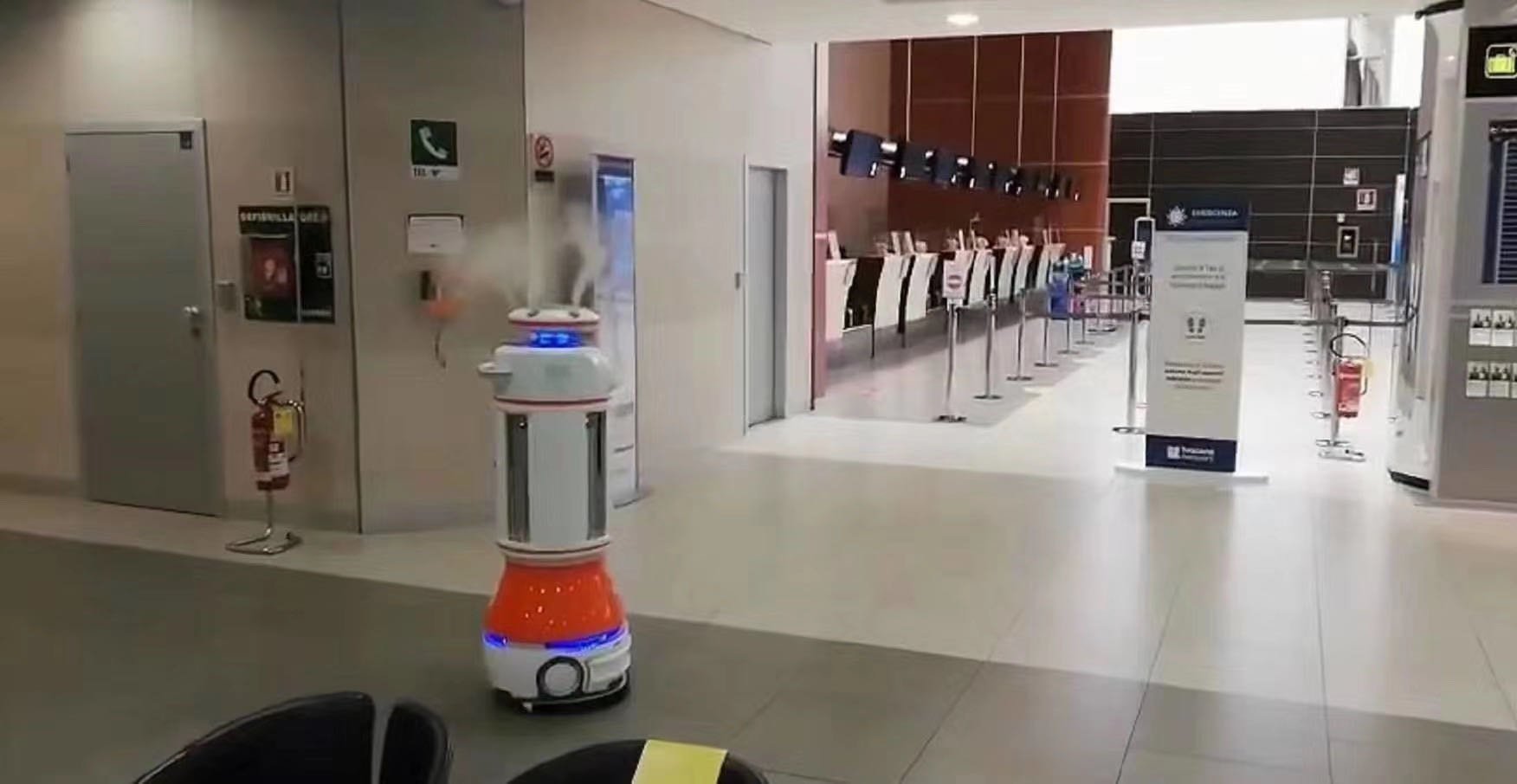
The Milan Malpensa Airport is the first Airport in Italy to deploy robots to clean and disinfect airport terminals. The Connor UVC Robots have already been tested and are actively at work targeting bacteria that are both in the air and on surfaces.
- 0 Comments
- Jun 24, 2020 10:00:00 AM
- Posted by Natalia Galvis
- Topics: Robotics, EdTech, STEM, Coding, Robots,, students, programming, STEMchat, Edchat, AI, disinfection robots
The Future Still Lies in Coding
Coding is enormous in education right now.
No wonder. Coding offers so many academic benefits that schools cannot ignore its significance. Sequential processes, computational thinking, and creative problem-solving all make up coding. It’s the new literacy in schools. There’s so much to like about coding that coding academies and boot camps are springing up everywhere.

- 0 Comments
- Jun 23, 2020 10:00:00 AM
- Posted by Natalia Galvis
- Topics: Robotics, EdTech, STEM, Coding, students, programming, STEMchat, Edchat, AI
STEM, Coding, and Robotics summer ideas!
As calendar days tick by, summer are right around the corner. And with more sunshine and better conditions in sight, that means outdoor activities and camps are on the horizon.
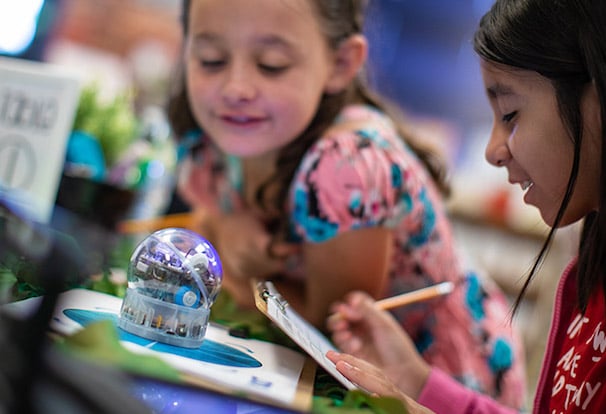
- 0 Comments
- Jun 19, 2020 10:00:00 AM
Relevant Posts
Popular Posts
Subscribe to Email Updates
-
I Want To Learn MoreADDITIONAL INFORMATION


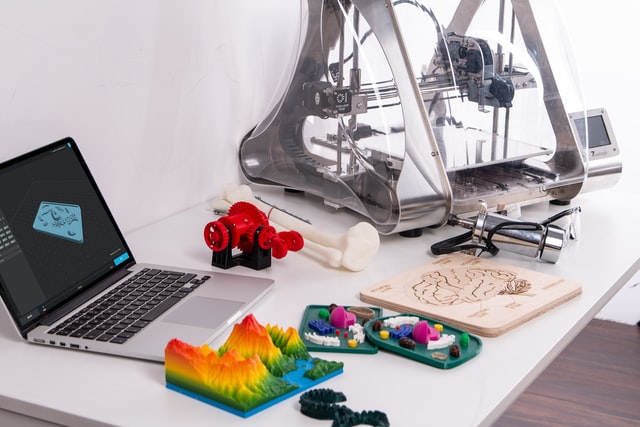 Unsplash
Unsplash
